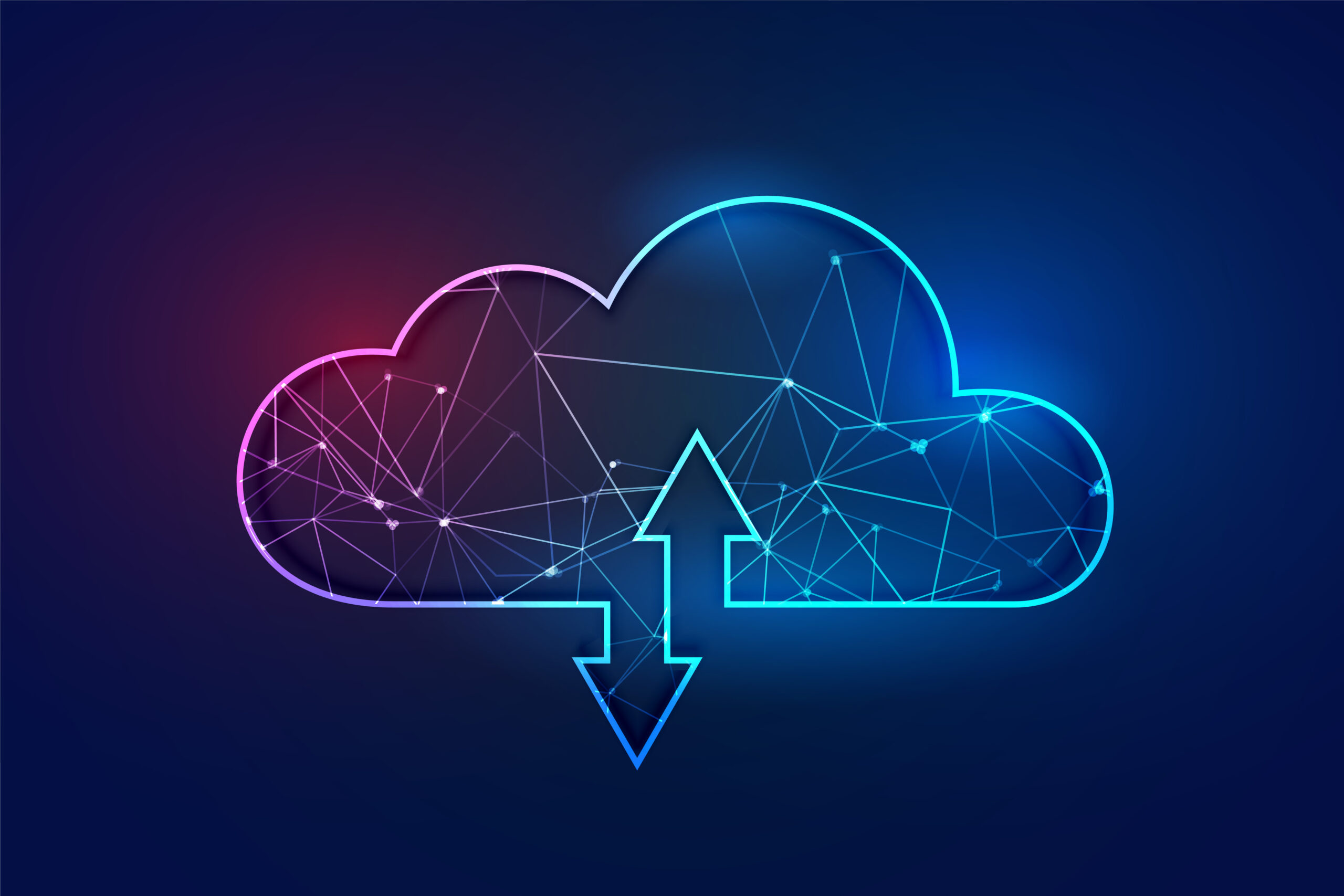What Is Cloud Computing? Everything You Need to Know

Cloud computing has become a fundamental part of modern technology, enabling businesses and individuals to access computing resources on demand. From storing data to running applications, cloud computing offers flexibility, scalability, and cost-efficiency. This blog explores what cloud computing is, its key components, benefits, challenges, and its role in shaping the future of IT.
1. Understanding Cloud Computing
Cloud computing refers to the delivery of computing services—including servers, storage, databases, networking, software, and more—over the internet. Instead of maintaining physical hardware, users can access these resources remotely via cloud providers.
Key Characteristics of Cloud Computing:
- On-Demand Self-Service – Users can provision resources as needed without human intervention.
- Broad Network Access – Services are available over the internet and accessible from anywhere.
- Resource Pooling – Computing resources are shared among multiple users.
- Rapid Elasticity – Resources can scale up or down quickly to meet demand.
- Measured Service – Users pay only for the resources they use.
2. Types of Cloud Computing Services
Cloud computing is classified into different service models that cater to various business and technology needs.
a) Infrastructure as a Service (IaaS)
IaaS provides virtualized computing resources over the internet, allowing businesses to rent servers, storage, and networking components instead of purchasing and maintaining physical infrastructure.
- Examples: Amazon Web Services (AWS), Microsoft Azure, Google Cloud Platform (GCP).
- Use Cases: Hosting websites, data storage, and disaster recovery.
b) Platform as a Service (PaaS)
PaaS offers a platform for developers to build, test, and deploy applications without managing underlying infrastructure.
- Examples: Google App Engine, Microsoft Azure App Services, Heroku.
- Use Cases: Application development, API management, and automation of workflows.
c) Software as a Service (SaaS)
SaaS delivers software applications over the internet, eliminating the need for installation and maintenance on individual devices.
- Examples: Google Workspace, Dropbox, Salesforce, Zoom.
- Use Cases: Email, collaboration tools, CRM software, and video conferencing.
3. Cloud Deployment Models
Organizations can choose from different cloud deployment models based on their requirements.
- Public Cloud – Services are provided by third-party vendors and shared among multiple users (e.g., AWS, GCP, Azure).
- Private Cloud – A dedicated cloud environment for a single organization, offering greater control and security.
- Hybrid Cloud – A combination of public and private clouds, allowing for flexibility and workload optimization.
- Multi-Cloud – The use of multiple cloud providers to enhance performance and reliability.
4. Benefits of Cloud Computing
Cloud computing provides numerous advantages to businesses and individuals alike.
a) Cost Efficiency
- Eliminates the need for purchasing and maintaining physical hardware.
- Pay-as-you-go pricing reduces capital expenditure.
b) Scalability and Flexibility
- Quickly scale resources up or down based on demand.
- Supports growing businesses with evolving IT needs.
c) Accessibility and Collaboration
- Enables remote access from anywhere with an internet connection.
- Enhances team collaboration through cloud-based applications.
d) Security and Disaster Recovery
- Cloud providers implement robust security measures, including encryption and compliance certifications.
- Cloud-based backup solutions ensure data protection and quick recovery.
5. Challenges of Cloud Computing
Despite its many benefits, cloud computing also comes with certain challenges.
a) Data Security and Privacy
- Storing sensitive data in the cloud raises security and compliance concerns.
- Organizations must implement strong access controls and encryption policies.
b) Downtime and Reliability
- Cloud service outages can disrupt business operations.
- Companies should choose providers with high uptime guarantees and redundancy measures.
c) Vendor Lock-In
- Moving data and applications between cloud providers can be complex.
- Businesses should adopt multi-cloud strategies to avoid dependence on a single provider.
6. The Future of Cloud Computing
Cloud computing continues to evolve, with new trends shaping the future of IT.
a) Edge Computing
- Reduces latency by processing data closer to the source.
- Enhances real-time applications like IoT and autonomous vehicles.
b) Artificial Intelligence and Machine Learning in the Cloud
- AI-driven cloud services optimize automation, analytics, and decision-making.
- Examples include AI-powered chatbots, predictive analytics, and intelligent automation.
c) Serverless Computing
- Eliminates the need for managing infrastructure.
- Developers can focus on writing code while cloud providers handle server management.
d) Quantum Computing in the Cloud
- Cloud providers are investing in quantum computing for solving complex problems.
- Companies like IBM, Google, and AWS offer quantum computing as a cloud-based service.
Conclusion
Cloud computing has revolutionized the way businesses and individuals use technology, providing scalable, flexible, and cost-effective solutions. As advancements like AI, edge computing, and serverless architectures continue to develop, the future of cloud computing will play an even more significant role in shaping digital transformation. Whether you’re an IT professional, business owner, or tech enthusiast, understanding cloud computing is essential for navigating the ever-changing technology landscape.
What aspects of cloud computing interest you the most? Share your thoughts in the comments below!


